Wednesday 22/05/2024
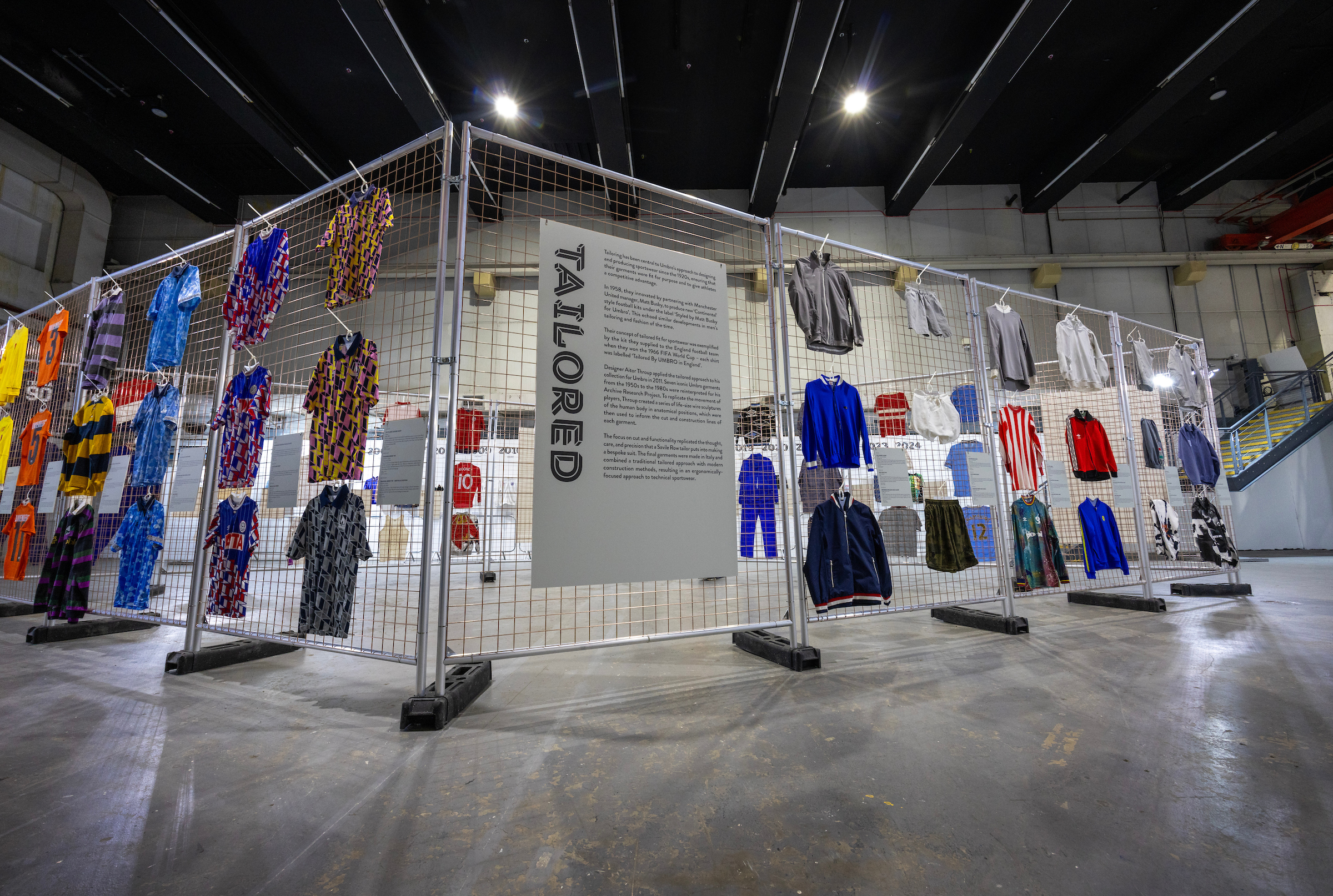
CREAM doctoral researcher, Techne scholar, costume, sound score designer and educator, Dellores Laing offers an insight into the recent Umbro exhibition at Ambika P3, curated by Prof. Andrew Groves and Dr Danielle Sprecher.
For two weeks in April 2024, the University of Westminster’s cavernous Ambika P3 gallery was transformed into a ‘keep the crowds contained’ barricaded space, reminiscent of a cup winners victory parade, and Umbro was its livery! Paying homage to this quintessentially English sportswear brand, Umbro, Ambika P3 was home to over one hundred and twenty garments and ephemera, drawn from the innovative and unique Westminster Menswear Archive’s collection (WMA), celebrating 100 years of tradition, experiment and collaboration in this groundbreaking exhibition. This dynamic brand, named after the Humphreys brothers (hence ‘hum-bro’) has travelled far from 1924 to now, one hundred years later.

As the exhibition revealed, travel has been a strong foundation for Umbro’s success. Travelling, when donned by World Cup football teams, pictured in their England kit of 1966 and Brazil kit of 1970, alongside Paul Smith’s 2002 England home and away shirts, paying homage to 1966 on their backs. Travelling, into collaborations that blur the boundary between sportswear and fashion, such as Palace and Aitor Throup’s ‘Drill Tops’ or Aries’ ‘No Problemo’ Rugby Shirt. Travelling, across mediums, think iconic bag of the 90s school kid, or as displayed, the 1977 Umbro International ‘Sports Grip Carryall’, 1940’s ‘Scout Wear’ Rucksack, or 2019 Swedish Sweet SKBTS ‘Chequered Skateboard Deck’.
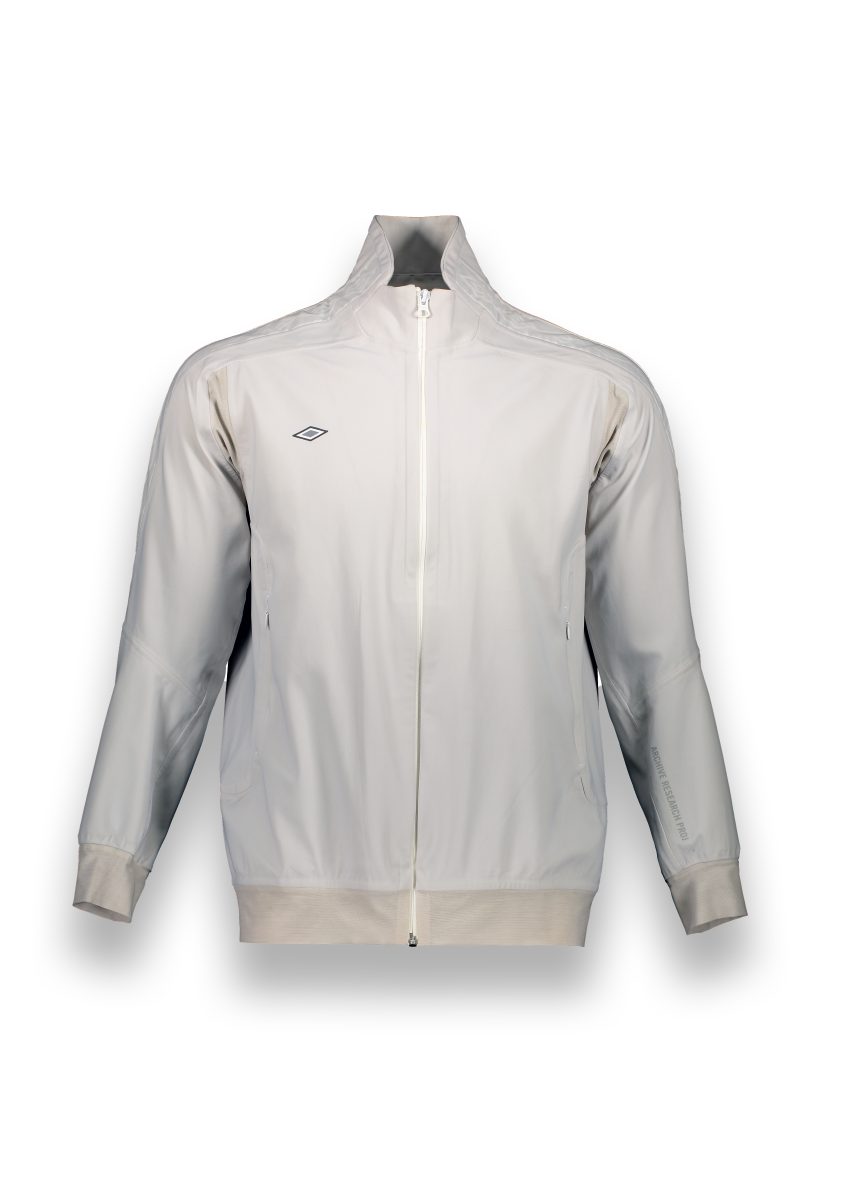

Umbro, as this exhibition surveyed, navigates the landscape of apparel, accessories and apparatus, providing opportunities for branding collaborations that embrace growth when exploring different surfaces from traditional to advanced materials. This ranged from their first collaboration with the sportswear designer Teddy Tinling, worn by each Wimbledon Men’s Singles Champion from 1955 to 1959, to a bespoke US serviceman’s shirt in Umbro’s branded Lustrex.
The exhibition seamlessly united the unspeakable joy of working-class dress and its inherent ability to drive subcultural style, which bleeds into fashion and becomes monetised. The garments shown spoke wholeheartedly of the tension between cultural value, hierarchies of taste and collective identity via the intertwining of utility, fashion and design, in construction, textile, print and wear. Like WMA, the exhibition reflected the play between these principles and concerns, no better witnessed than in the proximity of a complete 1984 boy’s replica ‘Top Team Football Kit Box’ displayed near Virgil Abloh’s Off-White ‘Tartan Drill Top’. (I like drill tops). This was exhibited alongside Bernard Sumner on the cover of May 1990’s NME for the article “Love Will Terrace Apart” about New Order’s World Cup Anthem ‘World in Motion’. All united by their Double Diamond logo that still “works wonders” like another northern marvel, the highest selling India Pale Ale from the 1950s to 70s (for those old enough to remember)!

Throughout the exhibition, demarcating metal barriers framed people and places, conjuring up images of football fans and building sites, fashionistas and their show queues, extending the narrative of Umbro on display. Thus, the exhibition’s aesthetic blended a gritty yet comforting familiarity into this sometimes-alienating temple of art, high fashion and education (its usual inhabitants), slotting beautifully into the industrial 1980s warehouse feel of Ambika P3. Yes, the grids upon which garments were cleverly attached could be mistakenly thought to come from the construction industry. They did not – they were made by the University of Westminster’s 3D Workshop team, led by Phillip Harrison. Garments were kept in place with over-sized cable ties run through invisible mounts, emphasising the play of value, taste and identity, doubling metal in its pale-ale-golden grid within steel frame. As good exhibition design should, such detail imbued a considerable thoughtfulness into the display that provided a subtle but meaningful context for the items presented, allowing front and back to be viewed, respond to each other, and their dialogues to interweave.
The display embraced a working-class aesthetic, encompassing garments of all shapes and sizes, worn by the people and collected from the people to illustrate that the collective identity of fandom is united in the brand, not unlike Umbro’s developmental journey into collaborative practice. This was achieved without using rigid, generic and often racially problematic mannequins, too often relied upon in exhibitions where clothes are central to the narrative. Hence, an enormous ‘Regiment Rugby Top’ by Nigel Cabourn of 2021 shared space with a small 1950s ‘Amateur Athletics Association Running Vest’, a large 2011 ‘Modern England Sweatshirt’ by Peter Saville and small child’s 1977-8 ‘Wolverhampton Wanderer’s FC Diamond Tape Jacket’, communicating diversity in size, age and also race. These were matched by images plastering the upper wall timeline and populating the vitrines underneath, greeting visitors as they entered.

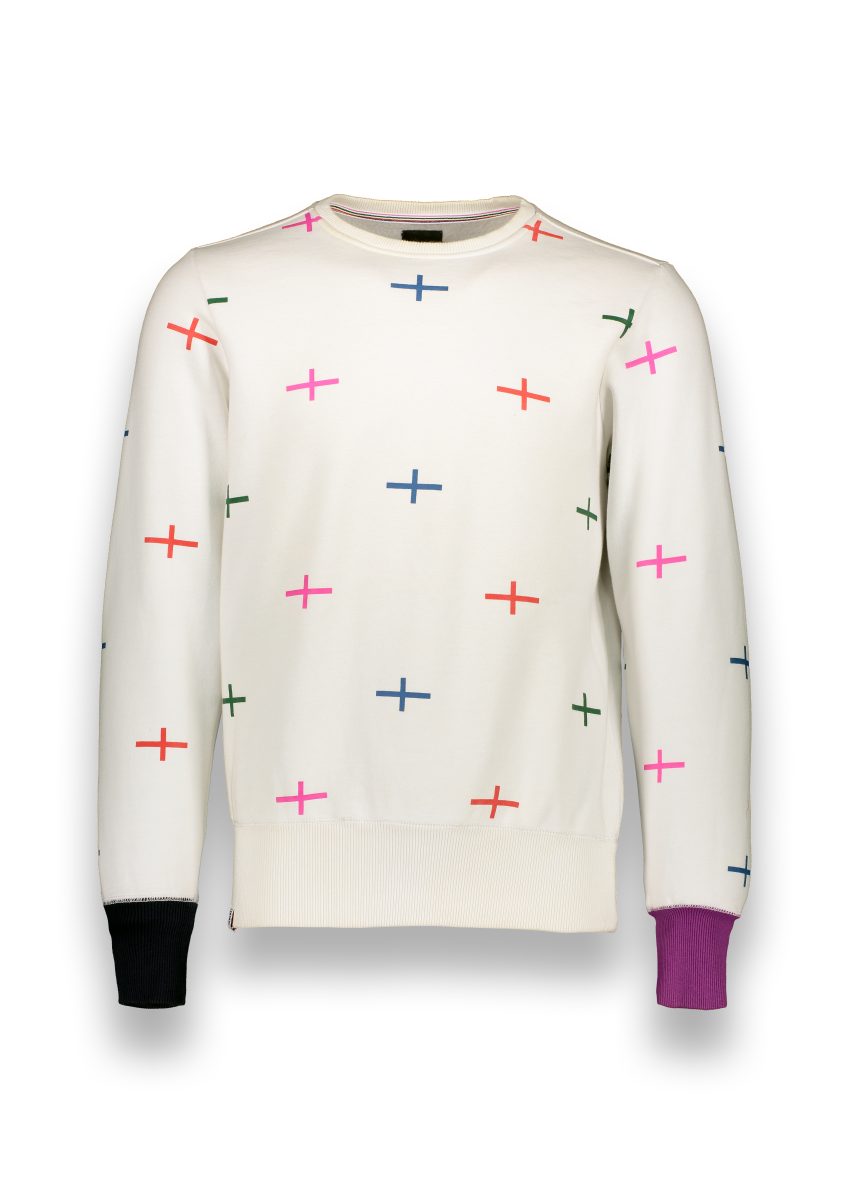
The exhibition’s design took its central layout from Umbro’s seminal diamond shape, creating a framed mixed metal rhombus, placed inside crowd barriers echoing the iconic logo. Reminiscent of a compass needle pointing East or West, signalling Umbro’s global trajectory, each side travelled through ’Tailored’, ‘Replica’, ‘England’ and arrived in ‘Manchester’, home of this global brand. For many, this is also the home of football’s highest ranking internationally recognised teams, City and United with over 200 million fans between them, whose shirts were also represented. However, Manchester is also home to the 80’s electronic revolution in music – think Hacienda, New Order, A Certain Ratio, A Guy Called Gerald, The Stone Roses, the list goes on. Not forgetting, the Brit-Pop explosion of the 90s, as seen on the cover of The Manchester Evening News’ 24-page colour souvenir ‘The Maine Event’ with Oasis’ Gallagher brothers wearing Umbro branded Manchester City shirts. However, in ‘Manchester’ a ‘Zip Up Hooded Parka’ in stonewashed denim was displayed, from Liam’s own eco-conscious design label Pretty Green’s 2009 Umbro collaboration. It signalled their alignment to slow fashion, at a time when ecological concerns were gaining greater currency and fashion’s industrial globalisation became a prime target for political mobilisation, Umbro is strategic.
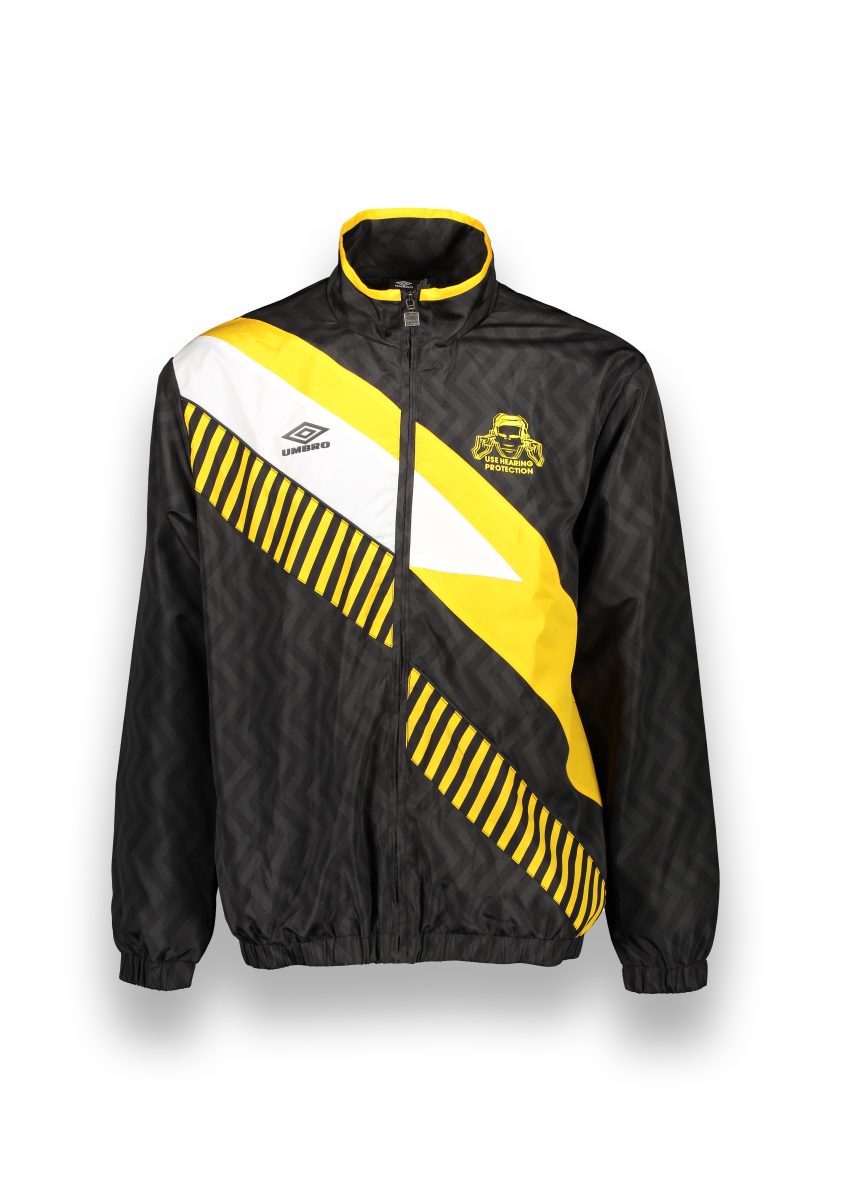
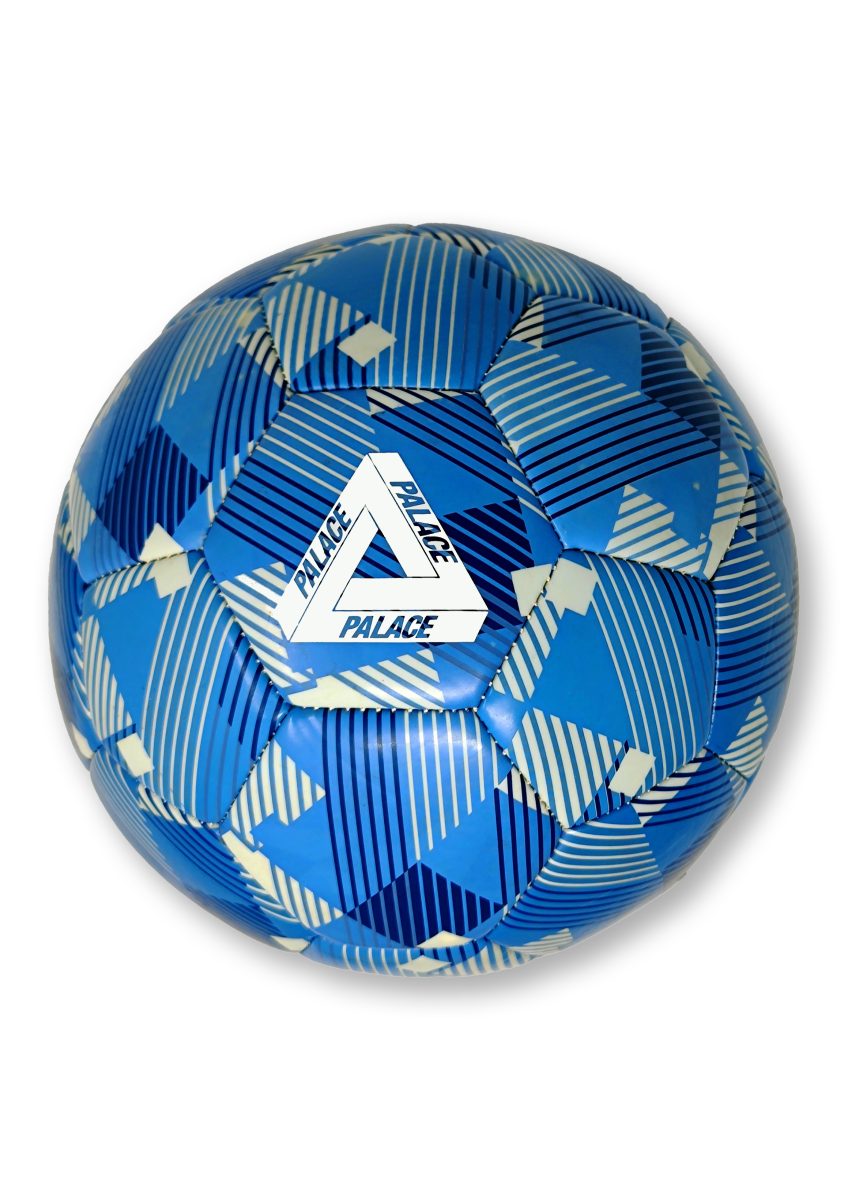
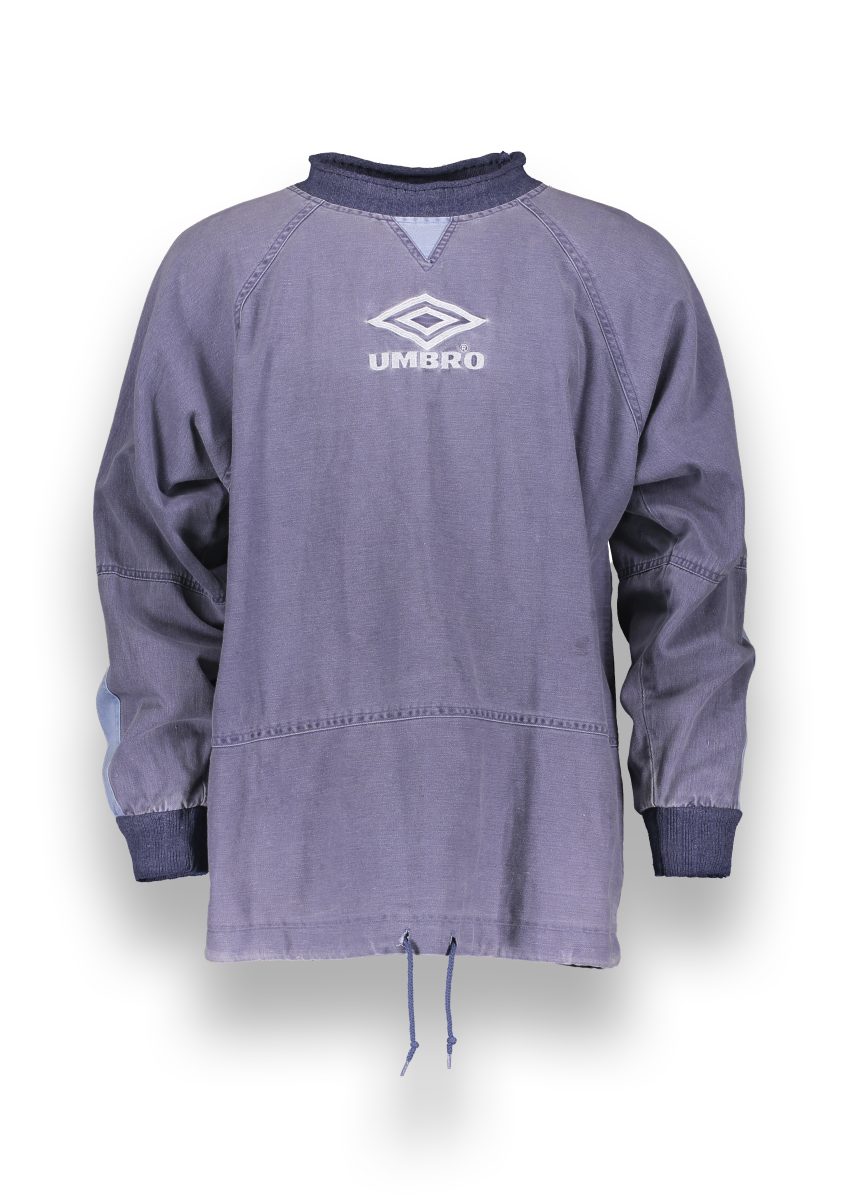
Umbro is no stranger to the power of the diamond’s considered placement on/in a garment, as seen in all its manifestations throughout the exhibition. From its very earliest incarnation in 1934, it represents diamond-like qualities of perfection, indestructability and desirability. Until the 1970s the logo was often an outlined or filled diamond shape with the word ‘UMBRO’ on the inside garment label. However, in the 1960’s ‘UMBRO’ letters cartoonishly making a figure kicking a football ‘O’ often appeared on the outside. Still, it is the externally positioned bold double diamond that the brand is most associated with, as recognised in the separate positioning of the ‘Diamond’ part of the exhibition display tracking the logo’s various locations, materialities and dispersals. This included, a 1960s ‘Blouse Style Training Top’s’ inner and outer labels, or the front centre labelling on the 1950’s ‘Army Boxing Association Shorts’. Culminating with the ‘knowing’ 2022’s white ‘Tyveck Smock’ with its almost invisible embossed repeat logo by the Korean brand KANGHYUK for the fictional team MARS FC, and Vetements’ interrogative 2018 ‘Patchwork T Shirt’, that collides two different logos, overlaid with ‘Vetements’ embroidered in gold, questioning fashion branding, value systems, luxury and mass market forces.

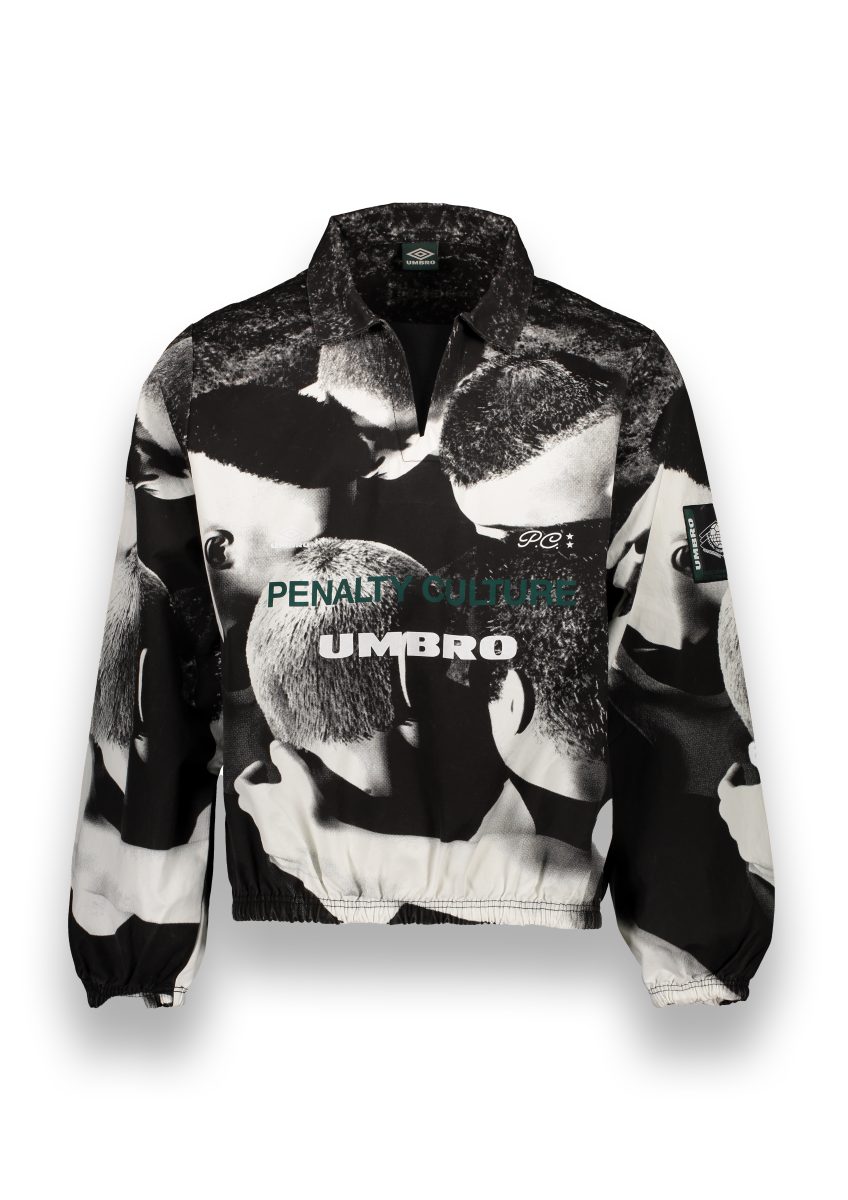
Umbro, as this exhibition unpacked, offers an insight into the criticality behind much of contemporary fashion design, made possible when a brand and their iconic logo bravely engages and collaborates with fiercely analytical, self-reflective and commercially intelligent designers. Witnessed again in Vetements’ notorious 2018 ‘DHL/UMBRO Logo Printed patchwork Hoodie’ that made prime time news when ‘released’, eloquently expressing the complex journey Umbro has travelled to arrive at this exhibition. Vetements is registered in Switzerland, shows in Paris, makes the garment in Portugal, collaborates with British Umbro and German DHL, who then sell the hoodie out of their vans in Hong Kong for just seven hours on the 18th November 2017, as a one-off pop up.

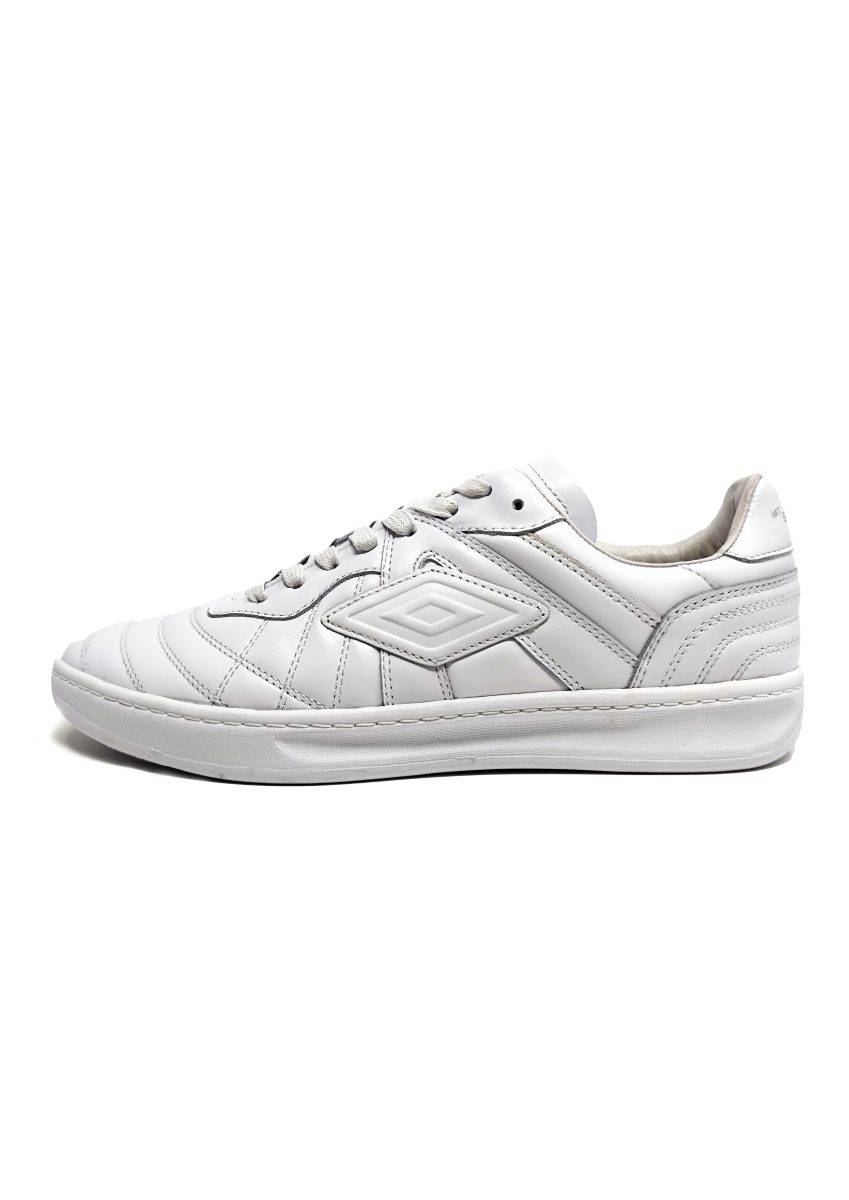
I have to say, I am not a football fan but my best friend of over 50 years, lost to Covid-19 as were too many others, was a fifth-generation life-long Gunners fan, married to my other best friend, a life-long Hammers fan, which rubs off. However, I have complex feelings about football, fandom and the sometimes fanaticism it generates, being a person of Jamaican-Anglo-Irish heritage. Nevertheless, this exhibition drowned that out, presenting a provocative sportswear brand that cultivates a diverse fan base throughout global culture and collaborative adventures into fashion. As seen in my favourite piece, Nowhere FC ‘s customised official Umbro FIFA 2014 World Cup shirt, where fake branding disrupts Arsenal FCs ‘Fly Emirates’ sponsorship with ‘Fly Nowhere’. This exemplifies the exhibition’s thought-provoking narratives and well-deserved critical acclaim, and the work of WMA Director, Professor Andrew Groves, and curator Dr Danielle Sprecher, in capturing popular appeal with intellectual integrity whilst simultaneously widening public participation.

Umbro 100: Sportswear X Fashion was held at Ambika P3, London, 12–28 April 2024 and featured in The Guardian, The Standard, Time Out, Esquire, Women’s Wear Daily and countless social media sites. A fully illustrated catalogue accompanied the exhibition. For more information, visit the Westminster Menswear Archive.